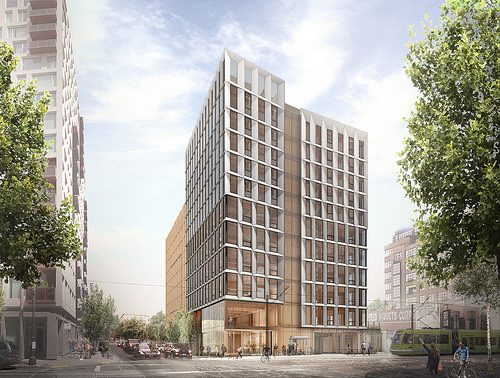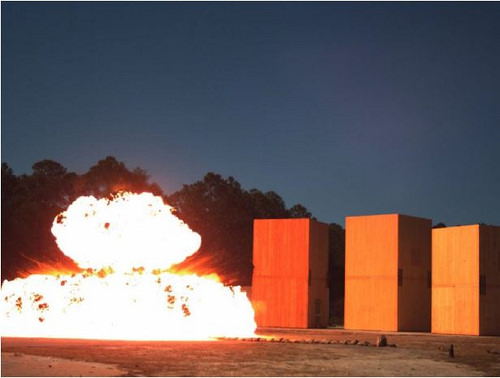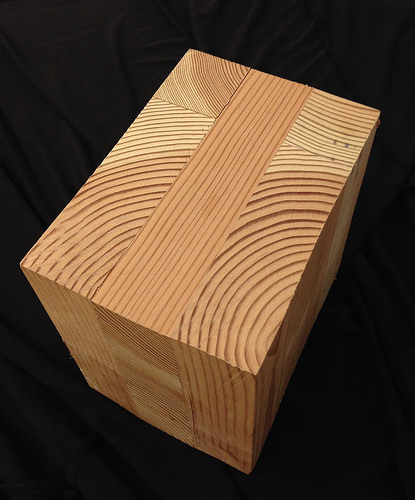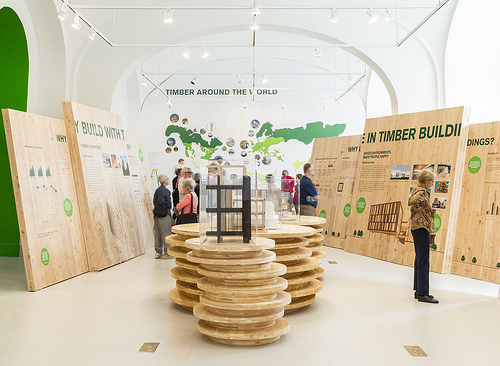The U.S. Forest Service is working to build markets for innovative forest products. One of these products, cross-laminated timber, also known as CLT, offers an opportunity for raising tall buildings with wood, opening up a completely new market for wood products.
And there’s tremendous opportunity to increase the market share for wood-based construction. Because of its high strength, CLT is an advantageous alternative to traditional building materials such as concrete, masonry, and steel. Because CLT panels resist compression, they are well-suited for building multistory structures, especially mid-rise buildings.
Made from layers of dried lumber boards, stacked in alternating direction at 90-degree angles, glued and pressed to form solid panels, CLT has exceptional strength and stability and can be used as walls, roofs, and floors.
Additionally, CLT is highly resilient to fire, earthquakes, and even explosions. In fact in a recent series of live blast tests, CLT passed with flying colors. An examination of the results showed that the CLT structures suffered less degradation than expected and might outlast concrete and steel.
In terms of fire, CLT is like using a large log to start a campfire—it doesn’t ignite easily. And when it does burn, a char layer forms on the outside, protecting the inside and allowing the wood panel to maintain its structural integrity during fire scenarios.
Researchers have conducted extensive seismic testing on CLT and found that the panels perform exceptionally well in multi-story applications. When a seven-story CLT building was tested on the world’s largest shake table in Japan, it survived 14 consecutive earthquake simulations with almost no damage.
CLT is also cost-effective. According to a study by Waugh Thistleton, the architects of the first tall CLT building in the world, the overall savings gained from using CLT in lieu of conventional building materials is in the 15 percent range. CLT panels are prefabricated and assembled to size off-site, allowing for quick on-site erection and reduced construction time. This process also decreases the noise, waste, and traffic impacts of construction activity upon the neighborhoods in which it is taking place.
This material provides a market for the hazardous fuels in our overstocked forests, including beetle- and drought-killed trees. Removing these dead fuels from the forest to use as building materials helps reduce the damage posed by forest fires.
The Forest Service is playing a lead role in researching and bringing CLT building technology to the United States. Scientists from the agency’s Northern Forest Research Station are studying the economic feasibility of using low-grade hardwoods for CLT production. The Forest Products Laboratory collects data on CLT’s engineering properties as well as its fire, moisture, and seismic performance. A key part of this project is a sawing and production demonstration to be conducted at the Baltimore County Agricultural Park this spring with local vocational and school students.
The Forest Service is currently supporting the Timber City exhibition at the National Building Museum in Washington, DC.




